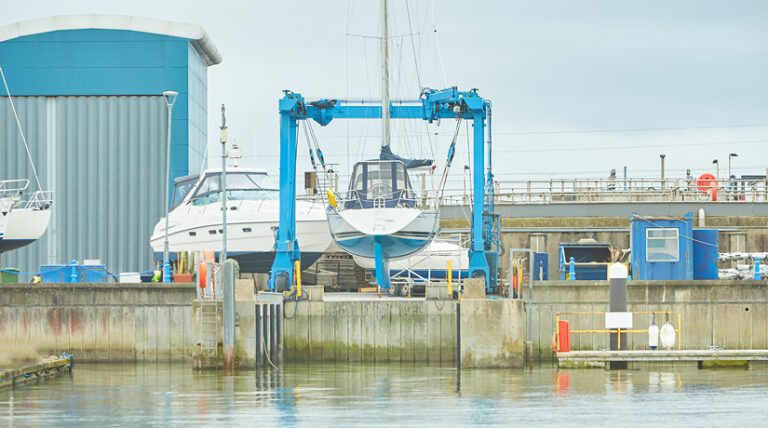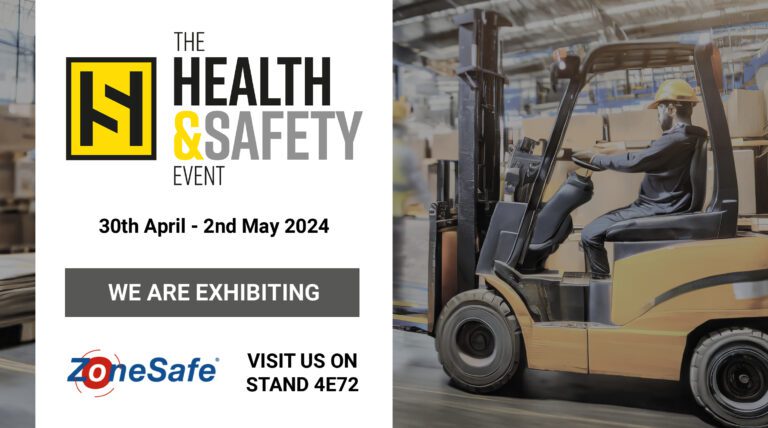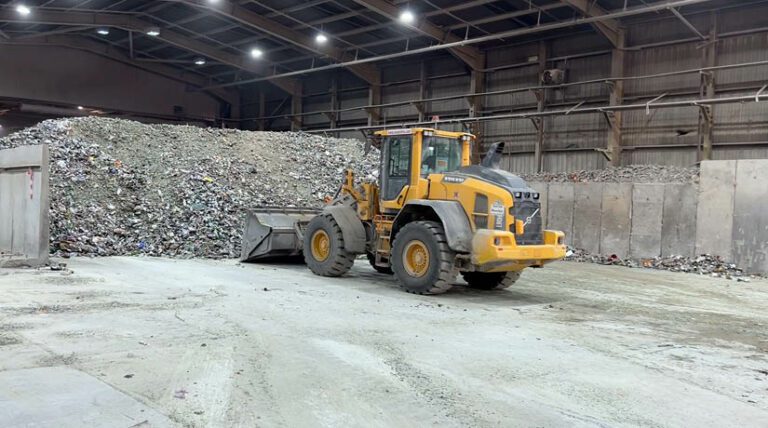
Sound interruption can cost lives.
Sound interruption is more costly than you think.
If you are in an industrial workplace, such as manufacturing, warehousing, waste and recycling or construction – you are probably aware that you work in a loud environment.
The huge effects of noise on someone’s hearing can typically vary from person to person. Some are more sensitive to loud sounds, and at certain frequencies. Yet some may have no issues at all. But one thing is clear; any sound that is loud enough to damage human hearing can lead to serious damage and to hearing loss.
Reuters Health published an article that stated concerning facts about noise as a public health issue. Serge-Andre Girard, a researcher with the National Public Health Institute of Quebec in Quebec City said that: “Noise-induced hearing loss is a global public health issue. In the USA alone, up to 30 million workers are exposed to excessive noise, and in Quebec the number is estimated to be over 400,000.”
And what are the financial losses from noise-related health issues? Thousands of people endure hearing loss as a result of these high noise levels, and compensation claims due to those with hearing-related disabilities are rising, at approximately $242 million every year.
Girard continues: “Despite considerable energy devoted to the prevention of noise-induced hearing [issues], this remains a significant problem.
“From an occupational safety perspective, work-related injuries remain an important issue that generates significant costs for businesses, workers and compensation organisations.”
“Sound affects us psychologically, cognitively and behaviourally, even though we’re not aware of it.” Julian Treasure, CEO, The Sound Agency
Some people can experience hearing loss because of prolonged exposure to constant and loud noise in the workplace. But what other health problems can excessive noise cause to employees?
The Health and Safety Authority (HAS) reported that: ‘Exposure to high levels of noise, either continuously or as a loud sudden ‘bang’ from equipment, such as cartridge-operated tools or guns can have a number of psychological and physiological effects on workers including stress and tinnitus and if exposed to high noise levels.’
So how can companies protect their employees’ hearing?
The HSE (Health and Safety Executive) sets out what the law requires employers to do:
- Provide your employees with hearing protectors if they ask for it
- Provide your employers with hearing protectors and make sure they use them properly
- Identify hearing protection zones, i.e. areas where the use of hearing protection is compulsory, and mark them with signs if possible
- Provide your employees with training and information on how to use and care for the hearing protectors
- Ensure that the hearing protectors are properly used and maintained
Noise pollution can cause serious hearing damage if not controlled – but high levels of noise in the workplace can ALSO interfere or interrupt imperative communication.
The cocktail party effect
Most are aware of the ‘cocktail party effect’. This is when the brain has difficulty in focusing attention to one auditory stimulus, while filtering out a range of other stimuli (or trying to concentrate on one person’s conversation in a noisy cocktail party).
Bad acoustics create more noise and block people’s ability to understand each other.
Imagine a busy warehouse, with many forklifts, noisy machinery and stackers’ activity. Would you find it difficult to hear the person standing next to you? Probably.
So how can this create accidents in the workplace?
Yes, there are processes in place to ensure that large industrial vehicles can be manoeuvred safely on site – but they are not always successful. Historically, companies use something called Banksmen. Vehicle Banksmen are people who are in charge of directing the movements of large vehicles on a worksite; for example large cranes during loading and unloading. This specifically relies on human sight and hearing. This is not enough to ensure staff safety because:
The vehicles may have blind spots so that the driver cannot see the banksman.
The noise on the work site may be so loud that it impedes the hearing of the driver.
There may be pedestrians walking near to the vehicle that the banksman and the driver cannot see/hear.
Both may have ear protection to protect their hearing, but can impact listening for other hazards/to each other.
All these incidents could mean that relying on human hearing ALONE could result in serious pedestrian and vehicle collisions.
How can this problem be overcome?
Workers and supervisors could devise safety signals that don’t rely as much on hearing.
Dr Peter Rabinowotz, Professor of Environmental and Occupational Health Science at the University of Washington told Reuters Health that:
“Companies have always had a reason to control noise to protect the workers’ hearing, [this evidence of financial losses] gives companies and workplaces another major reason to control noise, which is to make the workplace safer as well.”
He continued:
“You can have visual signals for safety and other ways to make the workplace safer, and not make everything rely on hearing. You can also find special types of hearing protection or other assisting devices that help a person who has hearing loss function well in a noise situation.”
A visual workplace enhances safety
There is an answer! A visual workplace is anywhere that relies heavily on people’s sight in order to help prevent accidents and injuries. There is an extensive list of different visual products that can be purchased or constructed to help enhance safety in your workplace.
Here are some of the most popular products that are on the market:
- Floor marking tape
- Safety labels
- Signs
- Safety lighting
- Visual clothing
- Visual barriers
- Visual safety boards
But what happens when sight AND hearing is impaired?
Some workplaces have excessive sounds that cannot be reduced, and also have visual obstructions, be it racking, boxes and manufacturing products, walls or vehicles etc.
What can ‘see’ through these obstructions and doesn’t need to be heard?
Radio Frequency Identification
Otherwise known as RFID, radio frequency identification technology uses electromagnetic fields to automatically identify and track tags attached to objects. Active tags have a local power source (such as a battery) and can operate metres away from the other tracked object, regardless of obstructions, blind spots or poor visibility.
How is the tag wearer alerted of an oncoming hazard?
The driver is alerted of a nearby pedestrian by an alarm sounding AND a flashing light in his cab. Sound obstruction isn’t an issue, as the pedestrian can wear a vibrating tag, alerting them to oncoming hazards, such as approaching vehicles.
ZoneSafe uses radio frequency identification technology to create detection zones around vehicles, assets, crossing points and walkways.
Active Vibratags can be worn by personnel, fitted to assets or set up around hazards. Tags are identified by the system when they enter the detection zone. This triggers an audible visual alert, warning vehicle operators of the tags’ close proximity to the vehicle.
Don’t let sound interruptions cost lives. For safety, choose ZoneSafe.
Continue Reading

What Are The Best Active Signage Systems For a Marina?
Like any location where vehicles and people work alongside each other, there are many risks around the marina environment. Heavy vehicles and cranes are often…

Visit ZoneSafe at The Health & Safety Event
Our next exhibition this year comes at The NEC for The Health & Safety Event. This is a fantastic opportunity for you to explore the…

How to Improve Vehicle Safety In Your Waste Centre
Workplace transport accidents are one of the most common causes of serious injuries and fatalities in the waste management industry, and being struck by a…
Get in Touch
See how ZoneSafe can provide a solution for you Get in touch
